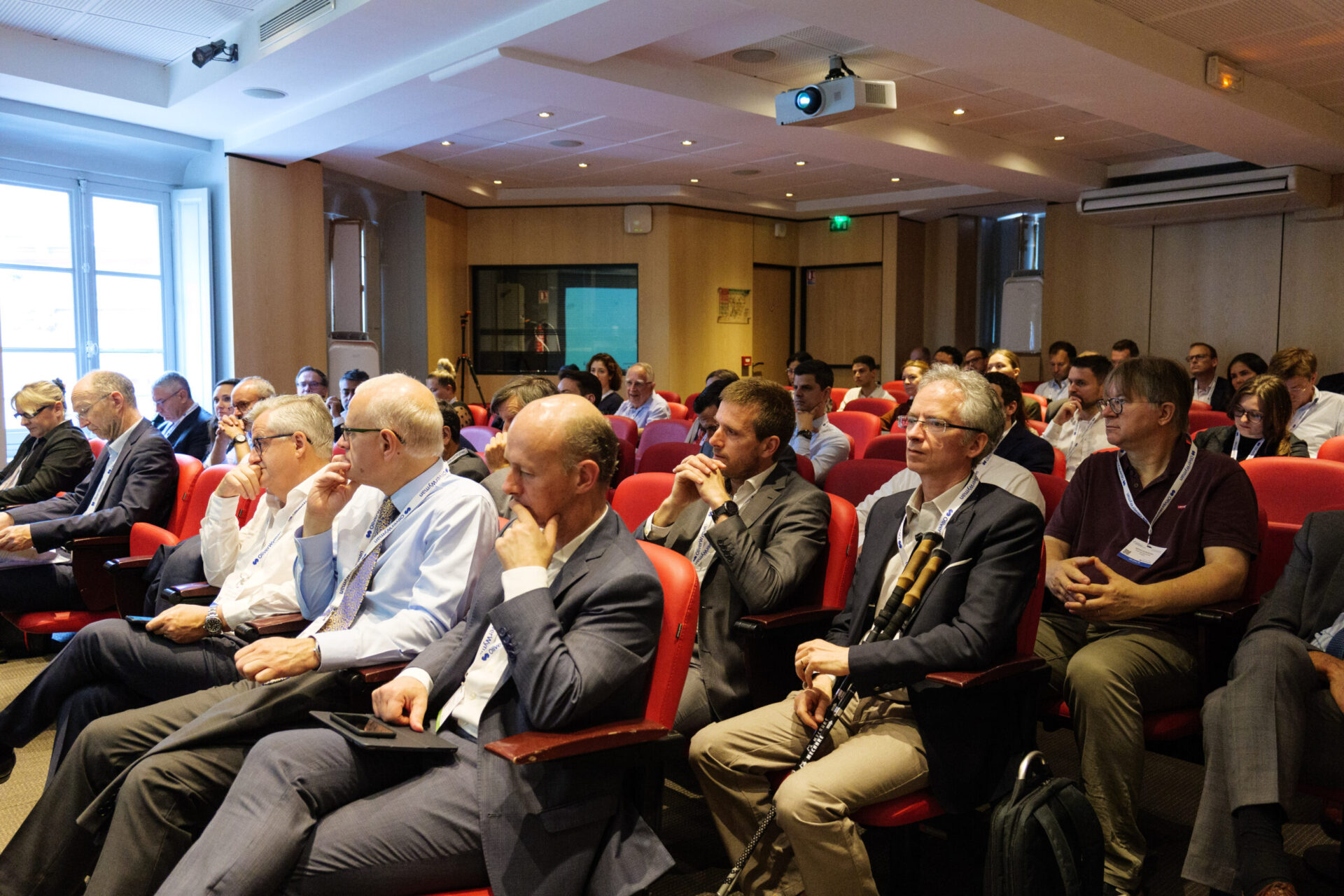This year, the traditional Cedigaz Annual Seminar held on 29th June coincided with a time of apparent respite for the European and global gas markets. Europe managed to avert a major supply crisis last winter, stocks are high, and storages could be full by September, and gas and LNG prices have softened from record breaking levels in 2022. But as stated by Cedigaz’ newly appointed chairperson Mickaele Le Ravalec in her opening speech, supply fears remain very much alive for the winters to come, underpinning continued tensions and price volatility risks across global gas and energy markets.
These risks are compounded by increased pressure to accelerate the energy transition, to reduce Europe’s dependence on Russian gas, as well as to drive energy efficiency and savings.
European gas participants stand therefore at a crossroads of multiple, greater uncertainties encapsulated in the perennial trilemma of ‘Decarbonization, Affordability and Security’.
Carving a medium to longer path is proving more difficult for the gas industry. But discussions during the seminar also warned against a euro-centric view of the energy crisis. Indeed, the repercussions of last year’s energy crisis into global markets are still unfolding through relentless inflation, industrial demand destruction, currency and liquidity crunch, as well higher fuels and food prices in developing countries.

